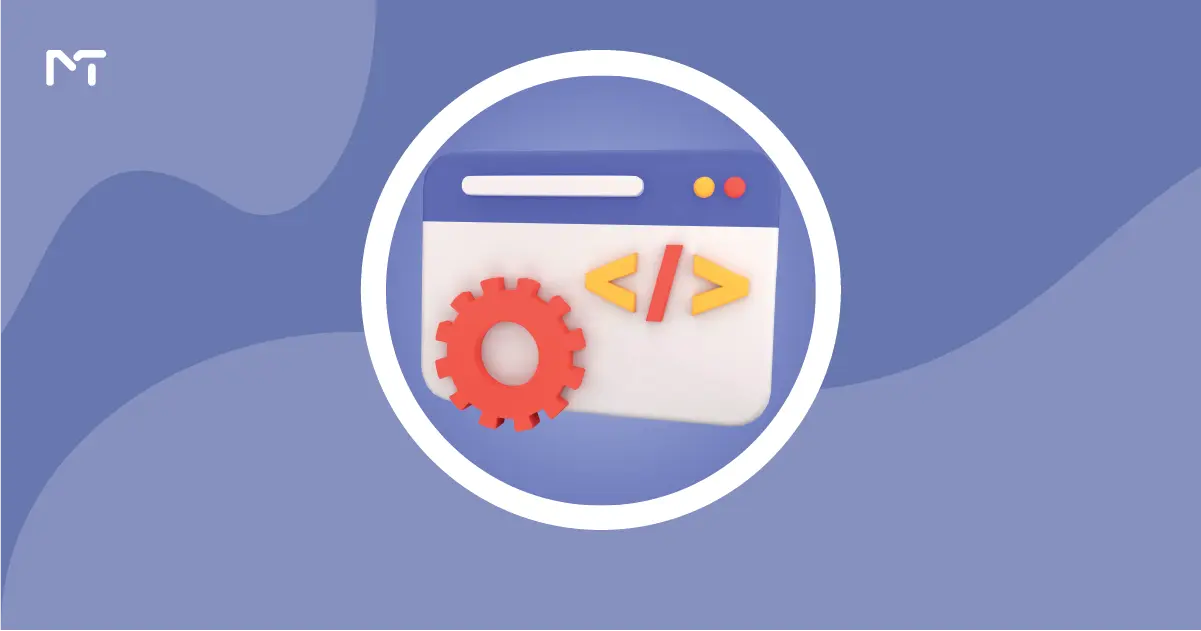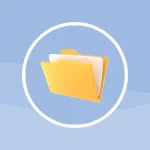In this article, we will explore how to develop a Telegram bot in 2025 from scratch. Telegram bots are automated programs that interact with users and perform various tasks, such as sending notifications, managing groups, or providing information. This guide will cover everything you need to know, from setting up a bot on Telegram to writing code and deploying it for real-world use.
What is a Telegram Bot?
A Telegram bot is a software application that runs inside Telegram and interacts with users through text commands and automated responses. These bots are commonly used for customer support, content delivery, automation, and entertainment.
Setting Up a Telegram Bot
To develop a Telegram bot, you first need to create one using the BotFather.
Step 1: Create a Bot Using BotFather
- Open Telegram and search for “BotFather.”
- Start a chat with BotFather and send the command
/newbot. - Follow the prompts to choose a name and username for your bot.
- BotFather will generate an API token, which you will need to connect your bot to Telegram.
Step 2: Set Up a Development Environment
To interact with the Telegram API, you need a programming environment. Python is a popular choice for bot development, and the python-telegram-bot library makes it easy to work with Telegram bots.
- Install Python if you haven’t already.
- Install the required library using:
pip install python-telegram-bot - Create a new Python script and import the necessary modules.
Writing the Telegram Bot Code
Once your environment is set up, it’s time to write the bot’s functionality.
Telegram bot development refers to building functional bots that can automate tasks, interact with users, and offer various services directly inside Telegram. With tools like Python and the python-telegram-bot library, getting started is easier than ever.
Basic Bot Structure
from telegram import Update
from telegram.ext import Updater, CommandHandler, CallbackContext
def start(update: Update, context: CallbackContext) -> None:
update.message.reply_text('Hello! I am your Telegram bot.')
def main():
updater = Updater("YOUR_API_TOKEN")
dp = updater.dispatcher
dp.add_handler(CommandHandler("start", start))
updater.start_polling()
updater.idle()
if __name__ == '__main__':
main()
Replace YOUR_API_TOKEN with the token from BotFather.
Enhancing Your Bot
To make your bot more functional, you can add features such as:
Handling Messages
from telegram.ext import MessageHandler, Filters
def echo(update: Update, context: CallbackContext) -> None:
update.message.reply_text(update.message.text)
dp.add_handler(MessageHandler(Filters.text & ~Filters.command, echo))
Inline Keyboards
To create interactive buttons:
from telegram import InlineKeyboardButton, InlineKeyboardMarkup
def button(update: Update, context: CallbackContext) -> None:
keyboard = [[InlineKeyboardButton("Option 1", callback_data='1')],
[InlineKeyboardButton("Option 2", callback_data='2')]]
reply_markup = InlineKeyboardMarkup(keyboard)
update.message.reply_text('Choose an option:', reply_markup=reply_markup)
Deploying the Bot
After developing your bot, you need to deploy it so it runs continuously.
Using a Cloud Server
You can deploy your bot using a cloud service like AWS, Google Cloud, or Heroku.
Running as a Background Process
To keep the bot running, use nohup:
nohup python bot.py &
Conclusion: How to Develop a Telegram Bot
Developing a Telegram bot is a powerful way to automate tasks and enhance user experience. This guide covered the basics, from setting up the bot to writing and deploying code. With further exploration, you can build more advanced features, integrate APIs, and create engaging bots for different purposes.
🚀 Ready to explore the top free AI software developer tools in 2025? Discover which platforms can help you build, train, and deploy AI applications without spending a cent. Click here to read the full guide and start your AI journey today!








Leave a Reply